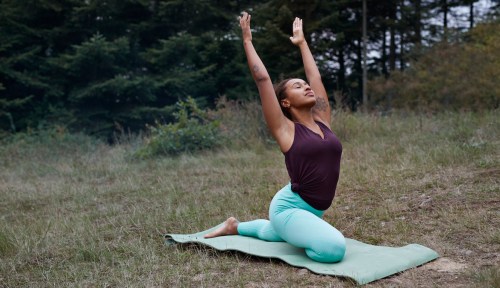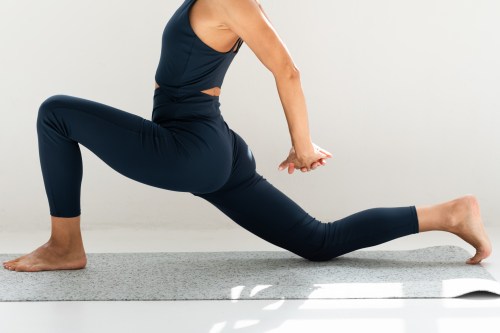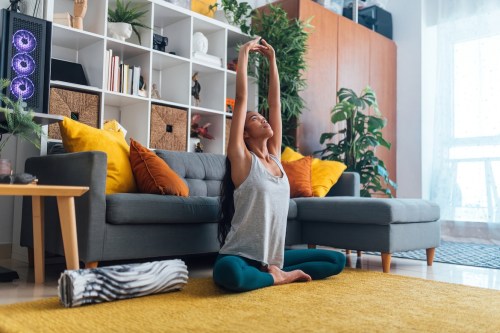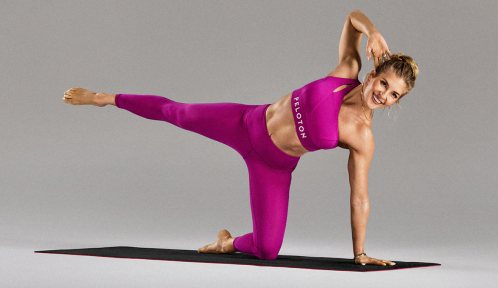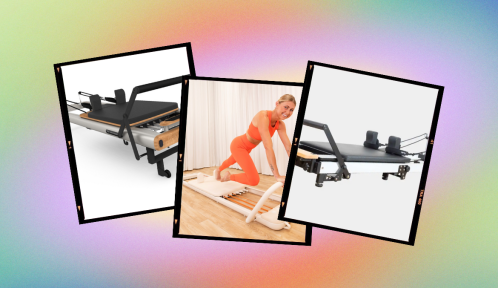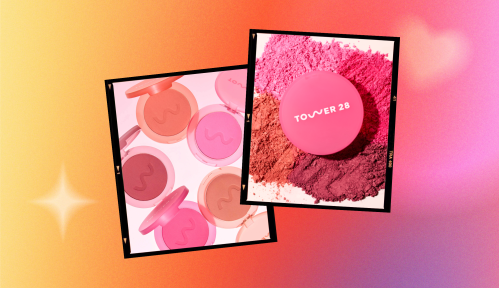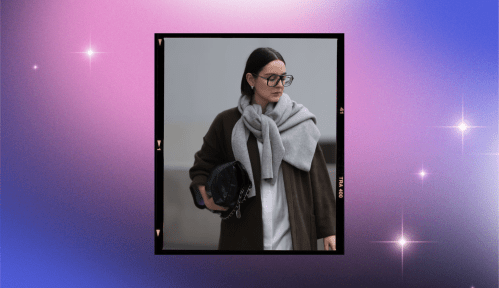We’ve all been there before—frozen in a yoga class trying desperately to match exactly what the teacher is doing, only to realize we’re stuck in a static position that not only doesn’t look right, it doesn’t feel good. According to Los Angeles–based yoga instructor Alex Artymiak, the best thing we can do for our practice in these moments is to give up trying to mimic the teacher’s position. Instead, we should move around within the pose to feel out what works best for our bodies. Put simply, he wants us to wiggle!
Experts in This Article
yoga, meditation, and breath-work teacher based in Santa Monica, California
Nope, that doesn’t mean to just shake your booty. When yoga instructors recommend wiggling, they are asking you to expand the poses, to deepen the stretch, and go beyond what you might have thought was correct in order to find something better.
Take cat-cow, in which you’re on your hands and knees, alternately arching and contracting your back. “If you go too far one way you will feel a crunch,” Artymiak says. “Then, if you bend too far the other way you feel a crunch the other direction. If you reverse the sequence back and forth, adjusting the movement over time, you find the middle of the pose.” That back and forth is what he means by wiggling.
What’s keeping us from wiggling?
According to Artymiak, most of us don’t wiggle during yoga class because of societal norms taught to us from childhood. “When kids are stressed, they have a tantrum to release their nervous system through movement and vocalization,” he says. “We tell them to repress their natural instincts, clamp it shut and be polite members of society. We tell them to be still.”
In yoga, correctness is often thought to be found in aesthetic shapes. But Artymiak wants us to let that goal go. “The heart of yoga practice is to open up energy flow,” he says. “Don’t assume you are doing anything right or wrong or good or bad, just explore everything.”
Even if the instructor at the front of the room might be smoothly flowing from one pose to the next, and immediately seems to drop into the perfect form after each transition, that doesn’t mean you shouldn’t wiggle around until you find the right shape for your body. Maybe you need to widen your stance, or shift your hips further back, or feel out a few different positions of your spine until you hit on the right alignment.
How wiggling can expand our practice
One of the biggest benefits of wiggling in yoga is that it streamlines your progress. “A teacher has to watch you get into a pose, see that the energy is blocked, communicate where it is blocked, have you hear what they have said, interpret what they have said, and put it into action before the teacher can look and confirm that you understood and applied their correction,” says Artymiak. With wiggling, you can solve issues long before a teacher even needs to point them out to you.
Wiggling also allows you to avoid injury and protect your body while still receiving benefits from the work. Artymiak generally wants his students to feel a stretch that is a five out of 10 on an intensity scale (10 being pulling or breaking something, and zero being nothing.) “Five means you are wonderfully uncomfortable,” he says. Intentional wiggling will keep you pushing yourself, but not to a place that’s harmful or causing “bad pain.” Once you find that sweet spot and breathe deep, your nervous system will regulate and soften your body’s resistance, allowing you to go deeper into the pose.
Give it a try the next time you hit the mat
While wiggling is not necessary for every class, why not give it a shot during your next flow? Here’s how: Before class begins, tell yourself not to set specific expectations for what you want your poses to look like.
“Don’t set an ending destination,” Artymiak says. “Instead, set a general direction you would like to head, and see where it takes you.”
Finally, try to remember there is no right or wrong in yoga, and allow yourself to explore. You’ll be amazed at how far you’ll go!
Ready to try out your wiggle? Start experimenting with this grounding yoga flow:
Sign Up for Our Daily Newsletter
Get all the latest in wellness, trends, food, fitness, beauty, and more delivered right to your inbox.
Got it, you've been added to our email list.
